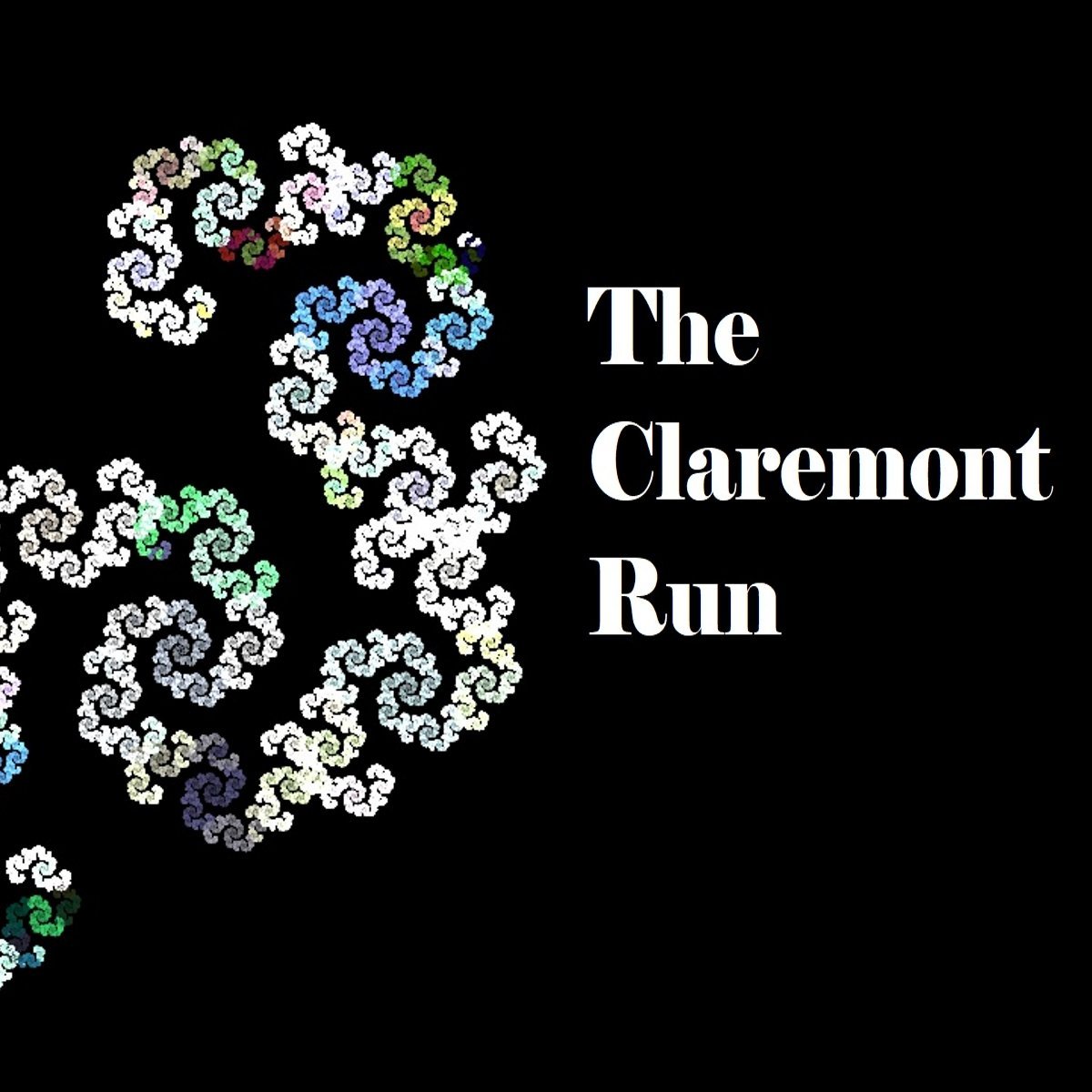When Moira approaches Rahne, she undergoes a second, rapid emotional transformation – this time to openly weeping tears of joy. Sienkiewicz maximizes the transformation by emphasizing Rahne’s youthfulness with a Norman Rockwell style of illustration. 6/11
Instead, Rahne quickly withdraws (physically and emotionally), chastising herself for being upset and then falling quickly into shame for her feelings of jealousy – a shame that very directly takes on the voice of the abusive Reverend Craig who raised her in self-hatred. 4/11
Claremont portrays Rahne Sinclair as a small child with big emotions and very little capacity to express them as a result of a traumatic upbringing. In New Mutants #26, Claremont uses Rahne’s reunion with Moira to showcase this dynamic. #xmen #newmutants 1/11
The Joy of X-Twitter: though afraid to enter a public discourse on social media, I found those fears to be unfounded. I’m sure there’s toxic fandoms out there, but X-Twitter has been, on the whole, delightful – welcoming, kind, thoughtful, generous. Deeply grateful there. 3/8
It is perhaps also relevant that Storm’s powers are employed in service of mutantkind, a symbol of outsider status and the oppressive hierarchies that form around it. Thus Storm’s relationship to nature can be seen to oppose hierarchies in general (a key aim of ecofeminism). 9/11
First up, we should note that the representation is complicated based on perspective. Storm exists in a complex (often intimate) harmony with nature, but her power is mastery over nature – domination and control – things that ecofeminism might be critical of. 4/11
Dani’s power, meanwhile, is connected to a different form of manipulation – the ability to emotionally wound people by confronting them with their greatest fears and shame. This forces her to confront the consequences of private boundaries and social integration. 3/6
In the immediate aftermath, the story cuts to Charles, serving as the reader-analogue by reacting to Colossus’s defeat and to the subsequent realization that the X-Men are doomed. His grief signals the extent of that defeat to the reader and changes the tenor of the story. 6/7
Also of pivotal importance here is the control of rhythm and pacing. The battle has been frantic - bouncing between scenes, combatants, small victories, devastating setbacks. The anticipatory pause slows everything to a rare stillness, setting the table for the final push. 4/7
That parallel informs the scene, leading the reader to hope for a similar hail mary – Claremont and Byrne seize that hope and let it linger on extensively to create a sense of anticipation for the moment of uplift that the reader craves. And then Gladiator emerges. 3/7











